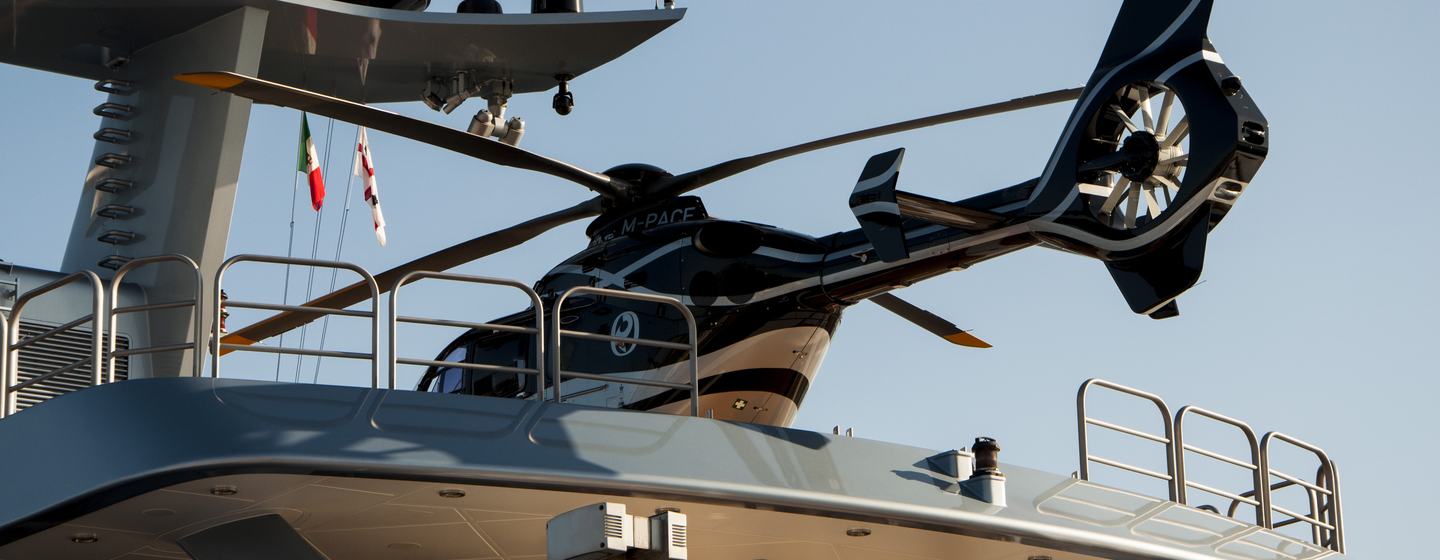Yacht owners face various considerations when planning helipads for the world’s biggest yachts. Navigating through grey areas and regulations can often lead to confusion in the process.
It's important to comprehend these intricacies before discussing with designers. Here we take a look at the present state of helicopter-yacht arrangements.
Beyond Convenience
Beyond the convenience factor, a helipad on a superyacht contributes to safety and emergency response capabilities. In the event of a medical emergency, a properly equipped and manned helicopter onboard can function as a quasi-emergency medical services vehicle, providing critical assistance.

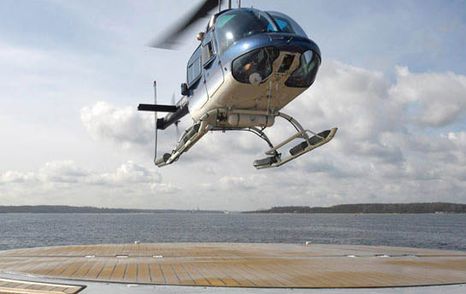
In addition to medical emergencies, due to the increased incidence of pirate activity, superyacht designers have shifted their focus even further, recognizing that designing touch-and-go helipads serves not only as a matter of convenience but also as a safety measure for guests on the yacht.
Prepare for Landing
Landing a helicopter on a yacht involves two primary methodologies. The touch-and-go method, reserved for non-commercial operations, somewhat lacks stringent guidelines. In contrast, the fully certified or 'commercially-certified' approach, which adheres to the standards of the Commercial Yacht Code sanctioned by the Maritime and Coastguard Agency, is becoming more prevalent.
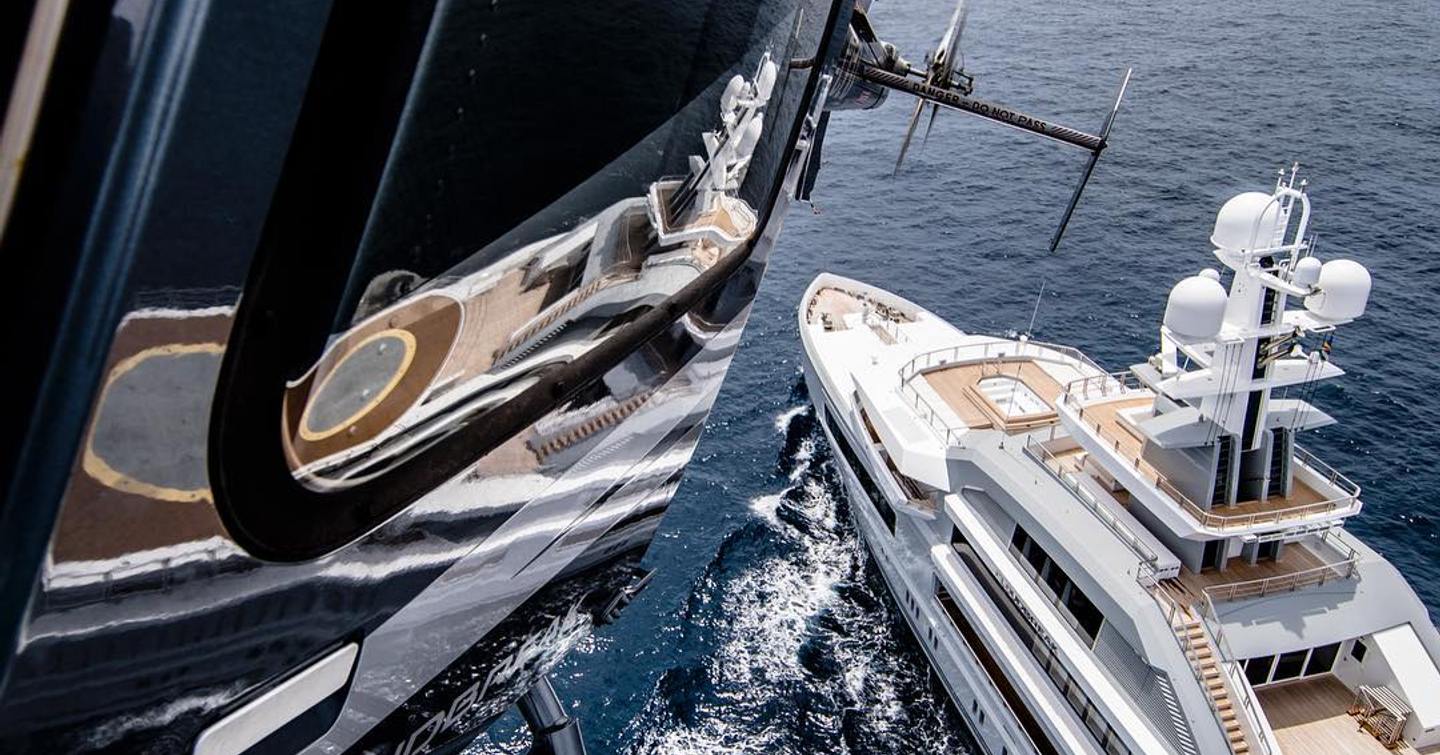
Compliance with international aviation regulations dictates that commercial air transport helicopters must land on certified helipads, emphasizing the importance of adhering to specific standards in the construction, design, and operation of these helicopter decks.
The Grey Area
The realm between 'touch-and-go' and 'fully compliant' harbors a grey area of compromises, particularly in private-use scenarios.
Global aviation regulations dictate that helicopters engaged in commercial air transport must operate to a certified helipad or, in the context of yachting, a helideck, constructed to specified standards. However, for private yacht and helicopter owners, building a helideck to the same standards or gaining certification is not mandatory for private, non-commercial use. This flexibility poses a challenge, as private helidecks may not be eligible for services from charter helicopter providers.
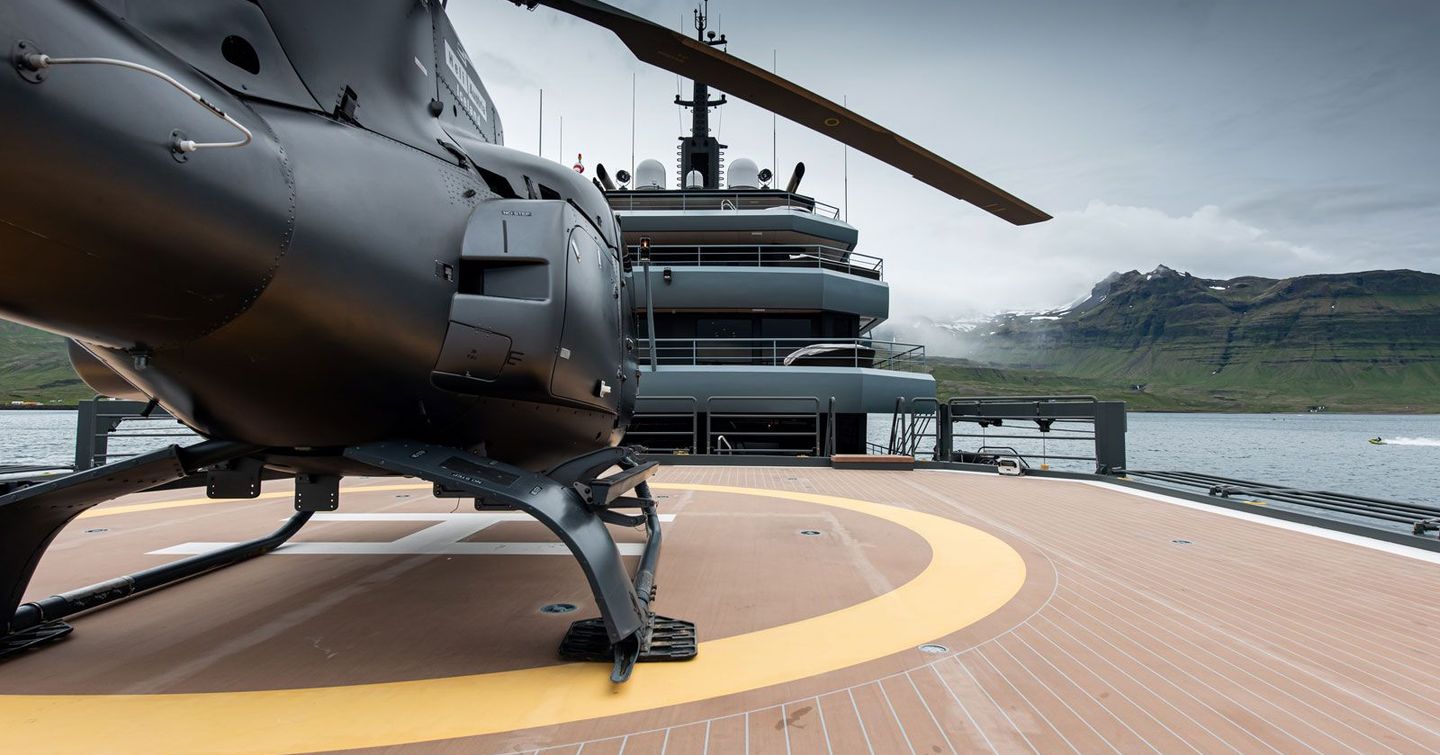
Even if a yacht fully complies with industry regulations and receives approval from the flag state, its crew, helicopter, and pilot remain subject to the requirements of the port state. The relevant Annex specifies that 'The landing area will be limited to receiving helicopters in the conditions agreed by the Aviation Inspection Body,' encompassing weather conditions and more.
Navigating this complex web of requirements can be overwhelming. Many yacht owners and captains opt to delegate this intricate task to specialized private agencies, ensuring compliance and orderliness before arrival.
The First Helipad Yacht
Lac II, a 45m (148ft) yacht constructed by Feadship in 1975 for US businessman Roy Carver, holds the distinction of being the first private yacht ever to feature a helipad. Feadship then built The Highlander in 1986 measuring 49m (162ft) and has arguably led the way for helipads on superyachts.
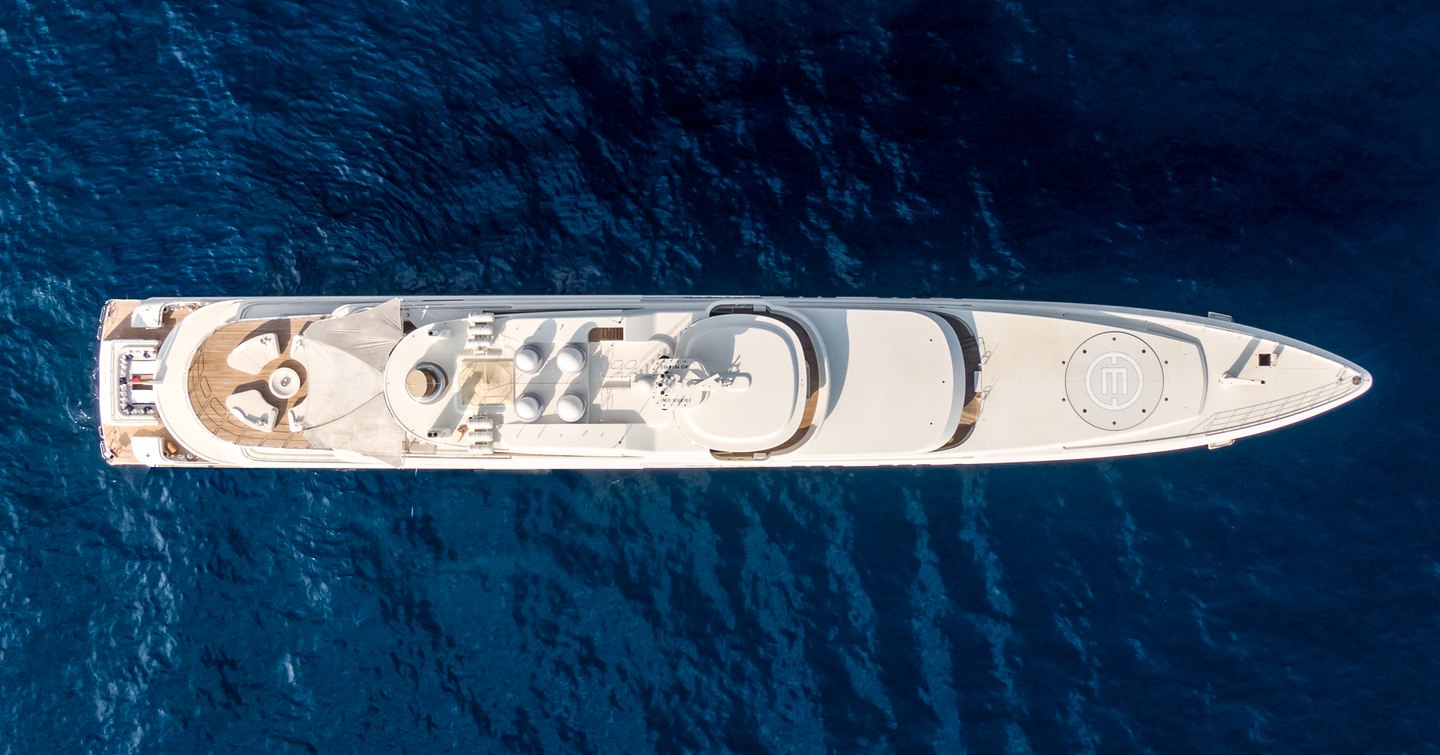
It’s time and money. Most people [who own superyachts] have the money, but they don’t have the time. A helicopter gives them that.”
Ecstasea, an 86m (282ft) superyacht built by Feadship in 2004 features two helipads; the forward one descends into the hull to become the floor of an enclosed hangar.
Feadship seemingly continued to remain ahead and launched the 81m (267ft) yacht Air, in 2011. Air made maritime history as the first superyacht constructed under Annex 2 of the Large Commercial Yacht Code (LY2) to boast a fully certified commercial helicopter pad.
The Next Level
Certain yacht owners elevate the helipad experience to a new level, exemplified by the 142m (466ft) Lürssen motor yacht Nord, built in 2021. The first helipad is strategically positioned on the bridge deck aft, featuring an ingenious retractable hangar integrated into the superstructure when not in operation. This innovative design ensures a streamlined and unobtrusive appearance when the helipad is not in use.
Complementing this, a second, larger helipad graces the bow of the explorer yacht. This helipad comes equipped with a spacious landing deck aft and fold-down side platforms, creating a sheltered berth for the yacht's helicopters. The retractable hangar on the bridge deck efficiently conceals the aircraft within the superstructure, exemplifying the design that prioritizes both aesthetics and functionality.

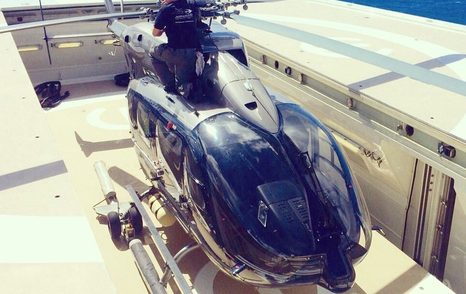
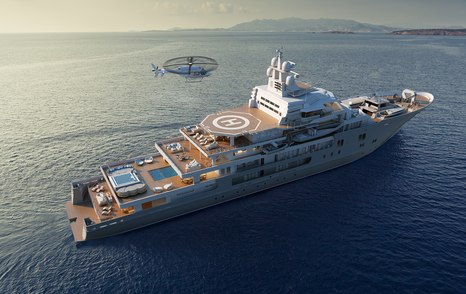
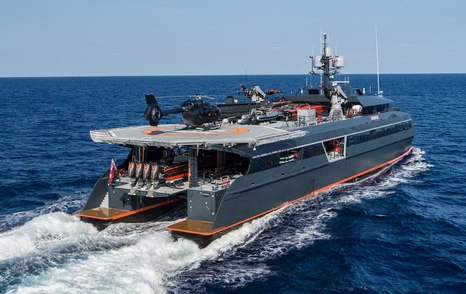
Nearly all of the world's largest superyachts now include helipads. Eclipse (162m/553ft), built by Blohm and Voss, one of the largest yachts in the world is no exception. Owned by Russian businessman Roman Abramovich, this colossal yacht not only can host three helicopters but also features a dedicated heli-garage below the foredeck.
As seen above, the landing pad on yacht Hodor is located on the bridge deck and is a certified six-ton landing pad capable of taking an Airbus H145
Yacht Owners
Some new superyacht owners erroneously equate a helicopter with a motor vehicle or yacht tender, assuming it can be operated with similar ease and preparation. Dispelling this misconception, it's crucial to understand that flying a helicopter requires specialized training and certification, particularly for take-offs and landings on a yacht.
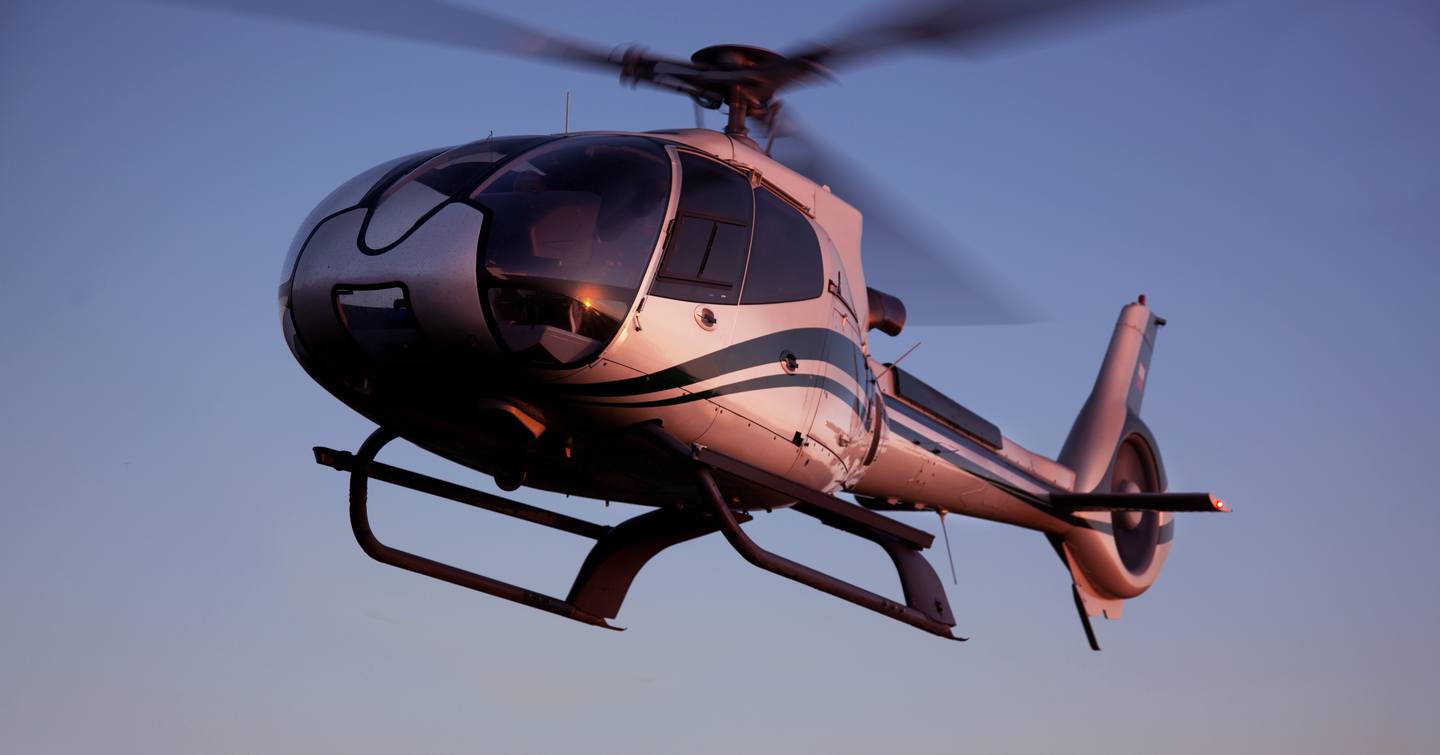
Contrary to the common belief that anyone with helicopter pilot credentials can handle any circumstance, flying in a maritime setting demands unique skills. Owners harboring the idea of personally piloting from deck to shore should reconsider, as mastering the safe operation of a twin-engine helicopter in such conditions takes years of training.
For yacht owners seeking a more practical approach, the advice is to engage a helicopter management company. Such firms offer competent pilots and handle maintenance, insurance, licensing, registrations, and more. Alternatively, hiring a full-time qualified helicopter pilot with experience in offshore conditions, often found among former military pilots, is a prudent choice.
